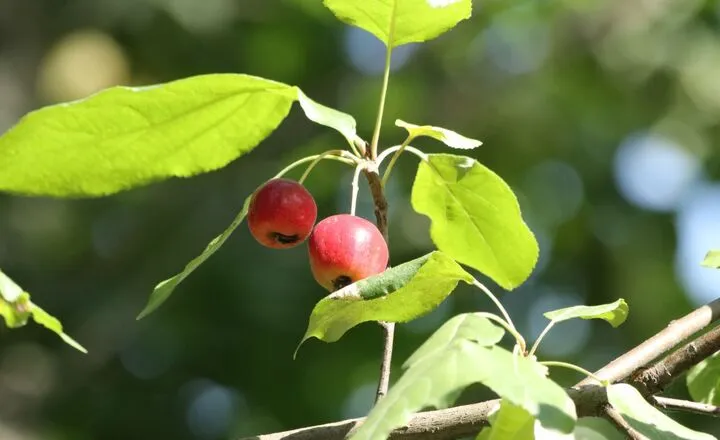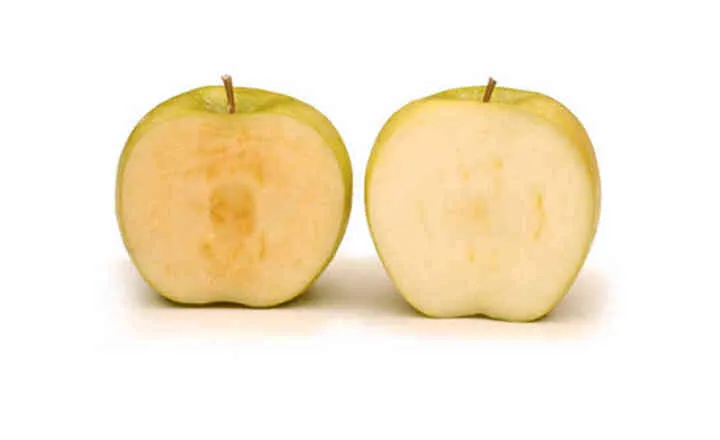Seedless apples are more than a mere curiosity; they represent the intersection of nature and human ingenuity. These seedless varieties often arise from genetic mutations or deliberate breeding practices, allowing us to enjoy the crisp texture and tart flavor without the inconvenience of seeds.
The fascinating aspect is that even in seedless apples, the plant’s ability to reproduce is preserved through techniques such as grafting.
Why Are Some Apples Seedless?
Seedless apples are a fascinating result of selective breeding rather than natural occurrence. Unlike many fruits, which can develop seedlessness through mutations or hybridization in the wild, apples require human intervention to produce seedless varieties.
Breeders have worked for centuries to create these apples, but the results have been mixed; while they offer certain advantages, such as not needing pollinators and potentially higher market prices, they often yield smaller and lower-quality fruit.
The genetic underpinnings of seedless apples involve complex interactions among proteins that dictate flower development. For instance, the pistillata gene plays a critical role in determining whether flowers will produce seeds or simply develop into fruit without fertilization, a process known as parthenocarpy.
Mutations in this gene prevent the formation of typical floral structures like styles and carpels, leading instead to an arrangement that favors seedlessness.
While still an area of active research, understanding these genetic mechanisms could enhance future breeding efforts and potentially lead to improved seedless apple cultivars. Producing seedless apple varieties through genetic modification, specifically by suppressing the MdPI gene, represents a significant advancement in horticulture.
This method allows for more efficient breeding compared to traditional techniques, which can take years to develop desirable traits. By bypassing the natural seed development process, farmers can cultivate apple trees that not only produce fruit without seeds but also maintain consistent yields year after year.
What Varieties of Apples are Seedless?
Here are some popular seedless apples:
1. Spencer Seedless Apples
While seedless apples are not as common as their seeded counterparts, the Spencer Seedless apple is one of the most notable varieties. Developed by John F. Spencer in Colorado, this apple variety was created through selective breeding to eliminate seeds entirely.
The result is a fruit that not only lacks seeds but also has no core, making it more enjoyable and convenient to eat. The tree itself produces green buds that blossom without petals, leading to a unique flowering process.
Other varieties may occasionally produce seedless fruits due to genetic mutations or environmental factors, but these are typically not stable enough for commercial cultivation.
As research and agricultural techniques continue to advance, there may be potential for developing more seedless apple varieties in the future. The Spencer stands out as a pioneering effort in creating a truly seedless apple experience.
2. Wellington Bloomless
The Wellington Bloomless apple is indeed a fascinating variety that captures the imagination with its unique characteristics. Its rustic yellow hue and distinctive conical shape set it apart from more common apple varieties.
The most intriguing aspect of this apple is its seedless nature, resulting from a rare mutation that leads to flowers without petals. This unusual trait not only affects the appearance of the blooms but also contributes to the tree’s overall subtlety, making it less visually striking during its flowering period.

Growing Wellington Bloomless apples can be an interesting endeavor for those who appreciate heirloom varieties or are looking for something out of the ordinary.
While their fruit may be small and have a shallow eye, they offer a unique taste experience that can delight adventurous palates.
Their low-profile blooming cycle may appeal to gardeners seeking low-maintenance trees that still yield fruit, albeit in limited quantities.
3. Granny Smith Apples
They are indeed a fantastic choice for both apple juice and pie due to their unique tartness and crisp texture. Their bright green skin not only makes them visually appealing but also indicates their freshness.
While they are available year-round, autumn is when they truly shine, as this is the peak season for harvesting, resulting in apples that are more flavorful and have higher sugar content. This natural sweetness balances perfectly with their tartness, making them ideal for baking.
When making desserts like apple pie, using Granny Smith apples from later in the season can elevate your dish significantly. The increased sugar levels enhance the overall flavor profile while still providing that signature tangy bite.
4. SweeTango
Developed from the Honeycrisp and Zestar! varieties, it boasts a unique flavor profile that combines the best qualities of its parent apples.
Its crisp texture and juicy flesh make it an ideal choice for snacking, while the balanced sweetness and slight acidity elevate its taste, making it versatile for both eating fresh and using in various recipes.
Not only are they easy to eat apple, but they also provide a refreshing burst of flavor that can brighten up any dish or dessert. Whether you’re enjoying them straight from the orchard or incorporating them into salads and baked goods, SweeTango apples offer a delicious experience that truly showcases the innovation in modern apple breeding.
5. Arctic® Apple
By altering the genes responsible for the browning process, these apples remain visually appealing and fresh-looking even after being sliced.
This innovation not only makes it more convenient for consumers to enjoy apples as snacks but also reduces food waste, as many people discard brown apples that might still be perfectly edible.

Arctic apple caters to a growing demand for convenience in our busy lives. With pre-sliced apple products becoming increasingly popular, the non-browning feature allows for longer shelf life and better quality in packaged snacks.
As consumers become more health-conscious and seek out nutritious options, genetically modified fruits like the Arctic apple could play a significant role in making healthy eating both easier and more enjoyable.
Conclusion
The phenomenon of seedless apples is primarily attributed to selective breeding and genetic mutations that enhance desirable traits for consumers. These seedless varieties offer a unique solution for those who enjoy the fruit but wish to avoid the inconvenience of seeds.
While this innovation caters to modern preferences, it also raises questions about biodiversity and the long-term implications of cultivating less genetically diverse crops. As we continue to explore the science behind our food, it’s crucial to consider both the benefits and potential drawbacks of such agricultural practices.
FAQs
Which fruit has no skin?
Seedless fruits are typically propagated through a process known as vegetative reproduction.
Which hormone produces seedless fruits?
Seedless fruits are primarily produced through the action of the hormone auxin.
